When your puzzle becomes a challenging game for you,
Duran Digital offers revolutionary services to solve it all.

BI & Dashboards
Navigate your data landscape effortlessly with our BI & Dashboard solutions. We transform complex data into intuitive, actionable insights. Ready to harness the power of data? We invite you to learn more or get in touch with us.

Paid Ads
Amplify your reach with our strategic paid ads services. We unravel the complexities of ad platforms to optimize your ROI. Interested in propelling your brand visibility? We invite you to learn more or reach out to us.

Social Management
Solve your social media conundrums with our robust management strategies, ensuring your brand shines across all platforms. Our multilingual experts speak your audience's language. Intrigued? Please read on or feel free to contact us.

Content Strategy
Navigate the labyrinth of content creation with our data-driven strategies. We masterfully weave your brand voice into compelling narratives that engage and convert. Curious? We encourage you to uncover more or get in touch with us.

UI/UX Design
Let our global design virtuosos transform your digital interfaces, solving the puzzle of user engagement. We create captivating, intuitive designs that resonate with your audience. Want to learn more? We invite you to read more or contact us.

Development & Integrations
Unleash your business potential with our comprehensive development and integration services. We seamlessly blend complex coding with your marketing efforts. Ready to streamline your operations?

SEO
Let us solve the puzzle of search engine visibility. Our SEO strategies are crafted to place your brand at the forefront, driving organic traffic and conversions. Keen to dominate search results? Discover more or connect with us today.

Digital Marketing
Explore how we decode your complex digital marketing puzzles, delivering tailored strategies that drive results. Experience the blend of development and marketing in action. Intrigued? Feel free to delve deeper or reach out to us.